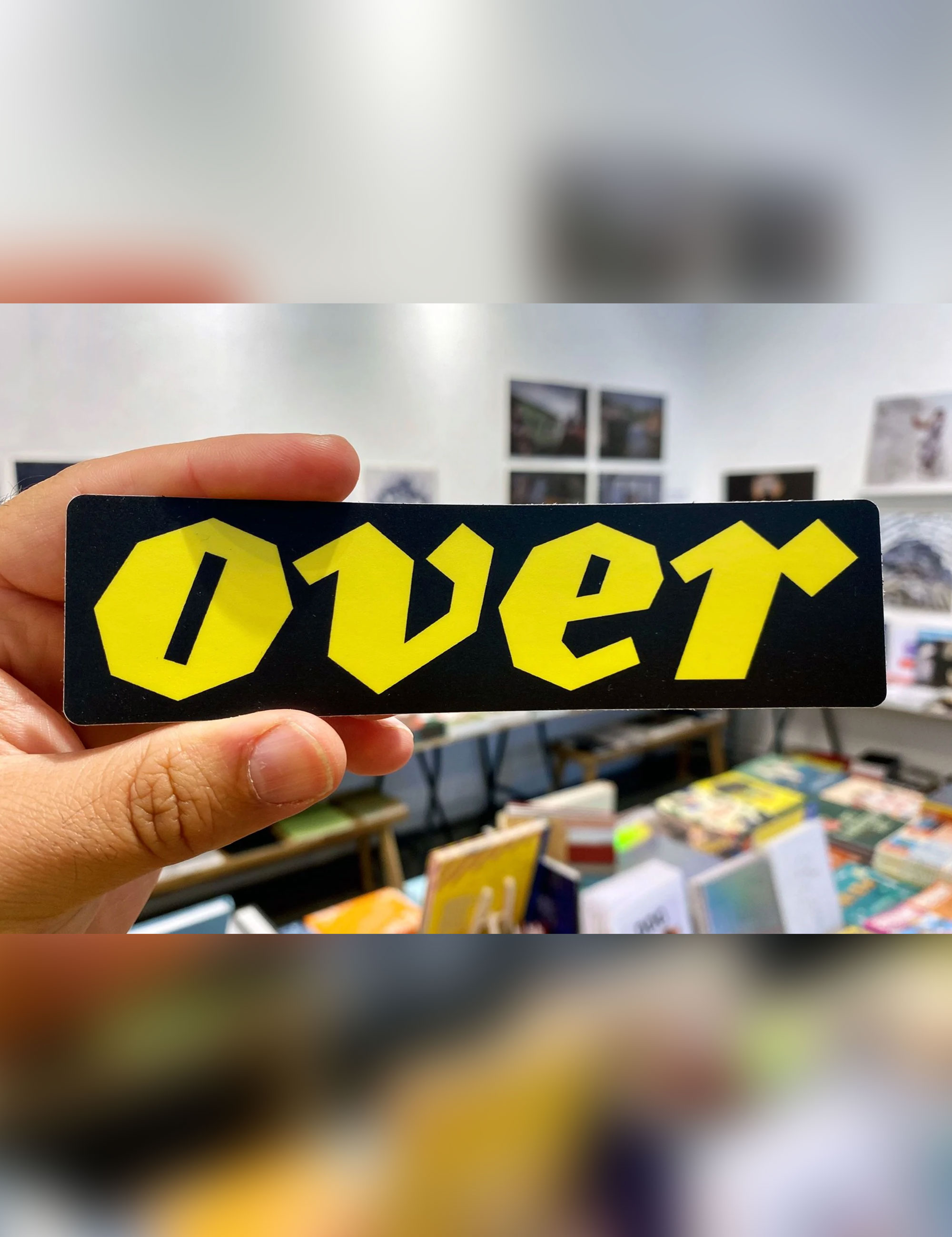Tránsito
TRÁNSITO records the experience that Roberto Tondopó went through with the loss of his father, eight years ago. Living as a cuir (queer) artist with the identity of Chuntá allowed him to delve into the hybrid and borderline identities to which he belongs.
The Chuntá are men who each January during the celebrations of San Sebastián in the southeast Mexican state of Chiapas, dress as women in his honour.
TRÁNSITO is the gesture from which he departs to reflect on these circumstances, on the history of colonialism, and the genealogy of dissident sexuality – in the context of one of the oldest celebrations in Chiapas.
Holy Glorious San Sebastian [HGSS] / Nambonyhoui
TRÁNSITO Nambonyhoui San Sebastián is a chapter of the project about the Chuntás, men who dress as women dance to this saint, during a celebration in Chiapas, Mexico, focusing on the LGBTQIA+ Chuntás group of which Tondopó is part.
By representing Saint Sebastian now as a living character, he intends to give the religious figure political agency. This agency transforms the imagery of the saint, to personify the feelings of the LGBTQIA+ community from a reconfigured emotional and spiritual place that combines the sacred elements of the pagan, through the cult of adoration, as a gesture of eroticism, devotion, and sensuality.
HGSS, or Nambonyhoui, is an extinct indigenous song, which alludes to the religious syncretism between the ancient fertility practices, in which a young man was sacrificed, and the imposition of the cult of the arrowed saint. The martyrdom highlights parallels with the stigma generated by the social transition that this group is experiencing today as they search for an alternative subjectivity.
In this way, the local saint manifests a series of connections between the components of the festival and its interrelation with the pre- Hispanic, colonial and contemporary times; it is an instrument to advance in the conquest of the territory during the colony (16th century) and to eradicate pagan practices in this place, making the genealogy of Chuntá invisible from all the peripheries: geographical, cultural, religious, those of gender. It is through these celebrations, its adopted rituals, that they express their true way of being in the world.
The project is a cross between textual memory and documentary processes through vernacular photography and archival material. In these ancient texts appear the songs, the religious and symbolic references to documents of the 17th century that were compiled by the Dominican friars – in charge of evangelisation in this Chiapas region – which Tondopó uses to reinterpret the historical components of the festival.
The rewriting is necessary to decolonise the roots that legitimise stigmas and beliefs that hinder the consecration of the feminine to non- binary gender and sexually dissident identities; it is a vehicle to reinvent the history of our ancestors who survive in our bodies, to dialogue with the dilemmas of the present and, above all, to imagine possible futures.
Tondopó's work investigates the liminal spaces around the construction of transitional identities, in an absurd, ironic, and violent universe — one that blends syncretic traditions where we come together with the intricate tangle of the concealed and the visible. He utilises personal narratives to explore the limits of intimacy, community, family, and the scope of photography as a means of representation.
























